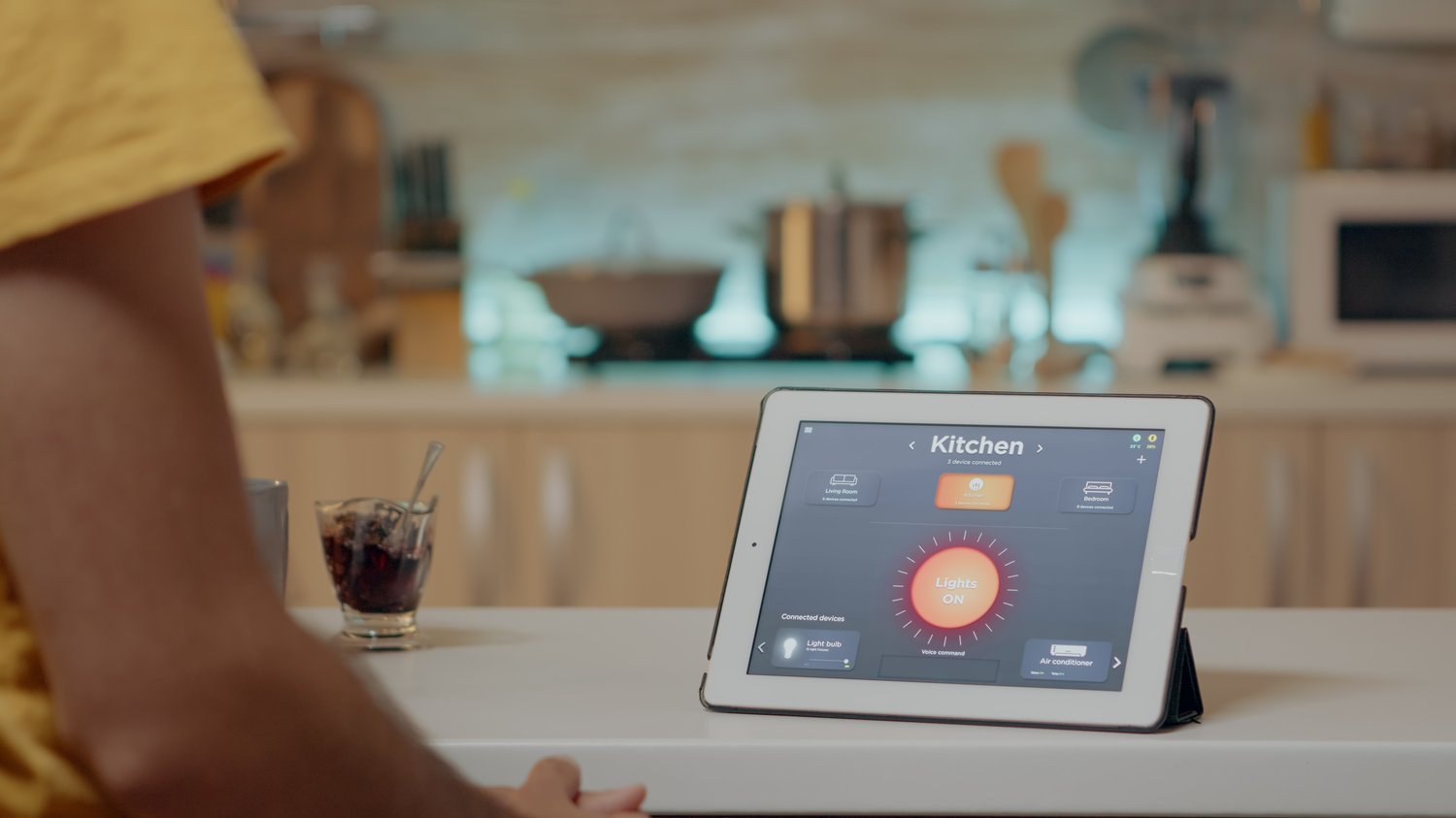In an era where technology seamlessly integrates into our daily lives, smart kitchen appliances have become indispensable, revolutionizing how we cook and manage our homes. Yet, nothing is more frustrating than when these devices suddenly lose network connectivity, disrupting our routine and leaving us perplexed.
- Explore how Wi-Fi interference, outdated firmware, or router settings might be causing your smart kitchen appliances to disconnect.
- Learn to pinpoint common connectivity hiccups like weak signals, incorrect passwords, or device incompatibility that keep your smart kitchen from functioning smoothly.
- Discover practical solutions such as optimizing router placement, updating firmware, and tweaking network settings to restore and enhance your smart kitchen’s connectivity.
By diving into the root causes of network issues and equipping yourself with effective troubleshooting strategies, you can ensure your smart kitchen operates without a hitch. Enhance your culinary experience by staying informed about the latest technological advancements and preventative measures.
Understanding Smart Kitchen Appliance Network Issues
In modern households, smart kitchen appliances have become essential tools, offering convenience, efficiency, and connectivity. However, these appliances are only as effective as their network connectivity. When issues arise, they can interrupt your daily routines.
One of the most common causes of network issues is Wi-Fi interference. This can happen when multiple devices compete for the same bandwidth, leading to decreased performance. Another potential cause is outdated firmware, which can result in compatibility problems that prevent devices from communicating effectively.
Additionally, incorrect router settings can cause connectivity challenges. Routers not configured properly might struggle to support the complex demands of smart kitchen devices. Recognizing these underlying issues is crucial for restoring device connectivity and ensuring the smooth operation of your smart kitchen.
Identifying Common Connectivity Problems
To tackle network problems effectively, it’s important to first identify the specific connectivity issues you’re facing. One common problem is a weak Wi-Fi signal. This can occur if your router is placed too far from the kitchen, creating dead zones where your smart appliances can’t reach the network.
Incorrect network passwords are another frequent issue. If passwords are outdated or entered incorrectly, devices will fail to connect. Similarly, incompatible devices can lead to connectivity disruptions. It’s essential to ensure that all devices on your network support the same standards for seamless integration.
By diagnosing these common problems, you can implement targeted solutions that will enhance your kitchen’s efficiency and your smart appliances’ reliability.
Solutions to Restore Device Connectivity in Smart Kitchens
Restoring connectivity issues in smart kitchen appliances requires a systematic approach to ensure your devices perform optimally. Whether you’re experiencing disruptions with your smart oven, refrigerator, or any other network-enabled appliance, there are several strategies you can deploy.
Check Router Placement: The location of your Wi-Fi router can significantly impact the signal strength and reliability. It’s advisable to position the router centrally and elevated to minimize interference from walls and other obstructions. Repositioning might be necessary if you’ve rearranged your kitchen or added new appliances.
Update Device Firmware: Manufacturers frequently release firmware updates to improve performance and security. Ensure your smart kitchen devices are running the latest firmware version. Check the manufacturer’s website or device app for updates. An up-to-date appliance is less likely to experience connection issues.
Adjust Network Settings: Sometimes, network settings may need tweaking for optimal connectivity. Consider changing your Wi-Fi channel to reduce interference from neighboring networks. Ensure your network is using a strong password that adheres to security standards to prevent unauthorized access.
By implementing these solutions, you can maintain a consistent and reliable connection, essential for the seamless operation of your smart kitchen appliances. Regularly reviewing these aspects will help prevent connectivity problems and keep your smart kitchen running smoothly.
Smart Kitchen Appliance Connectivity FAQs
Why is my smart kitchen appliance not connecting to Wi-Fi?
Possible causes: Weak Wi-Fi signal, router issues, or incorrect password. Check the router placement and ensure the password is correct.
How can I improve the Wi-Fi signal in my kitchen?
- Relocate your router closer to the kitchen.
- Use a Wi-Fi extender to boost signal strength.
- Reduce interference by keeping the area clear of other electronic devices.
What should I do if my device firmware is outdated?
Solution: Check the manufacturer’s website or app for updates, and follow instructions for firmware updating to maintain compatibility and performance.
How do I reset a smart kitchen device connection?
Refer to the device’s manual for reset instructions, typically involving holding a button or using the app to reset the network settings.
What to do if the smart device isn’t compatible with my network?
Recommendation: Ensure your router settings match the device requirements (e.g., 2.4GHz vs. 5GHz) or consider upgrading to a compatible router.
Can router settings affect connectivity?
Yes, make sure your router settings, including DNS and firewall rules, are smart device-friendly to avoid connection issues.





